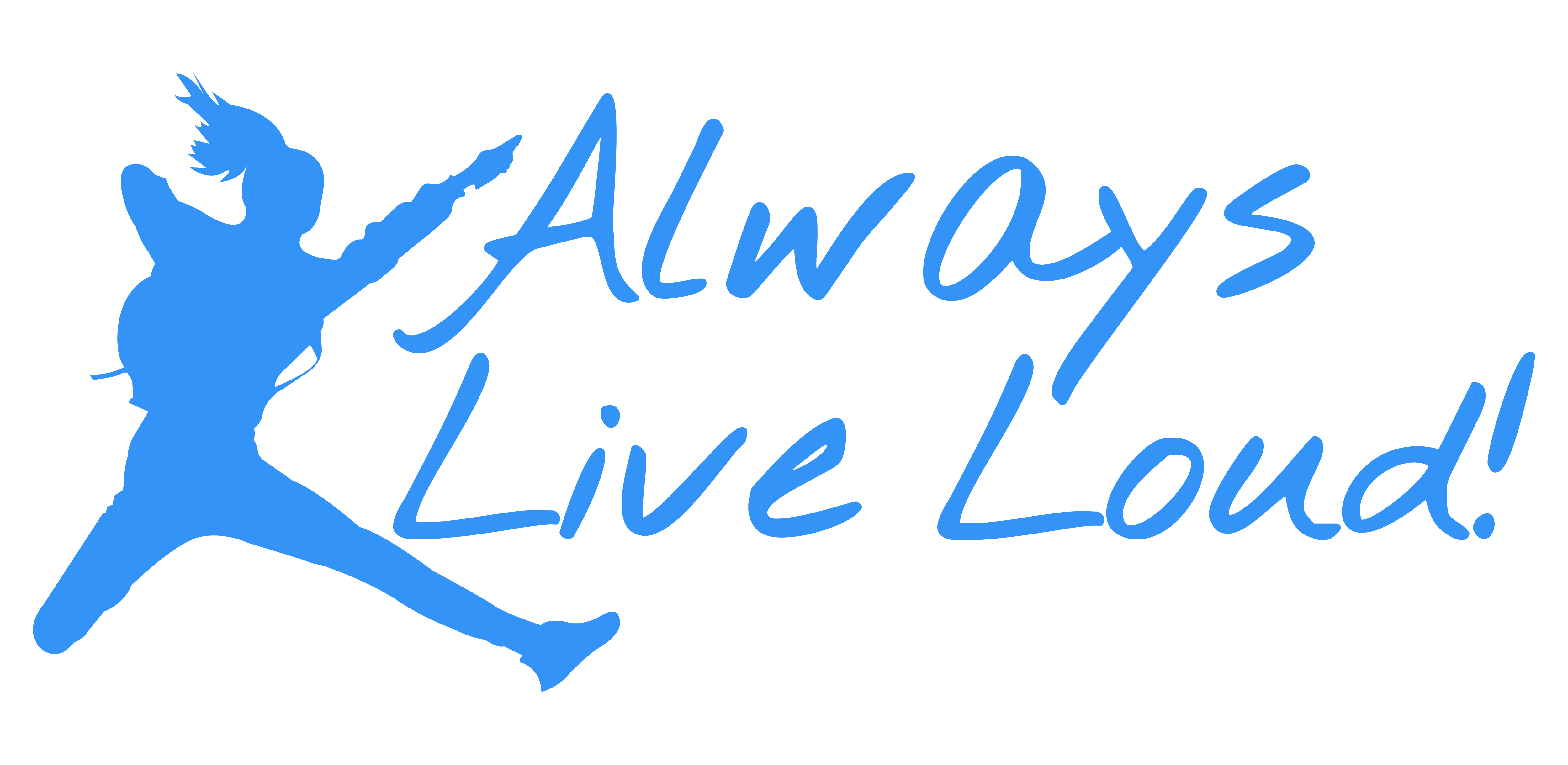Managing my mental health and leading a healthy life was challenging but attainable with self-awareness, practice, positive coping mechanisms, and dedication. It is self-empowerment when you can embrace life with joy.
How do we live when we have these feelings of loneliness and despair?
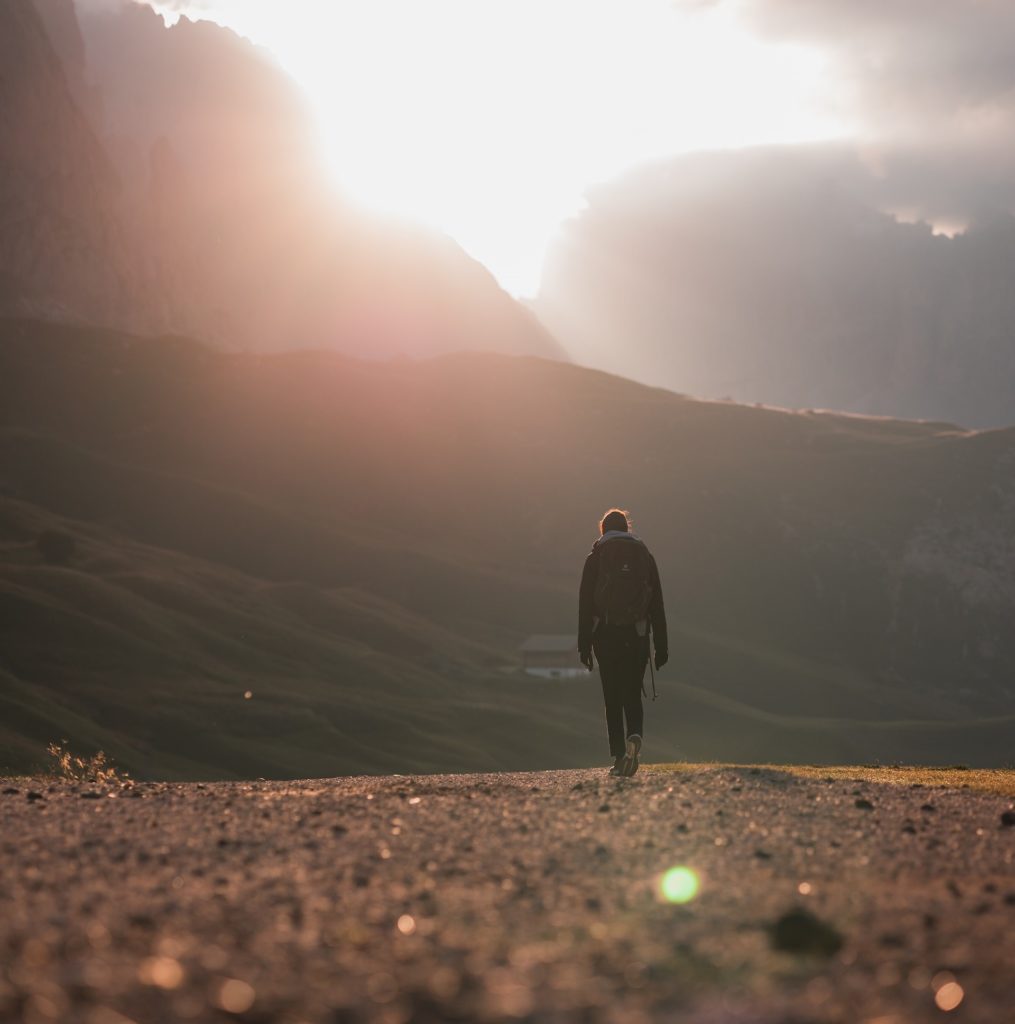
We must go through the challenging journey of life by ourselves, whether we are married with or without children, and that can be a very lonely prospect.
After my discharge from the military, I experienced the common feelings of isolation, loneliness, distress, and anger that many of us go through at some point in our lives.
I moved from Germany to Tomah, Wisconsin. Moving to a small rural Midwestern town was challenging, and the isolation became more profound.
I refused to talk to anyone other than my husband and son; I wouldn’t answer the phone or open the door for anyone. I was always angry and didn’t want to leave the house alone; I felt constantly on edge. My depression was so intense it caused physical pain. It was a tough and dark time for me.
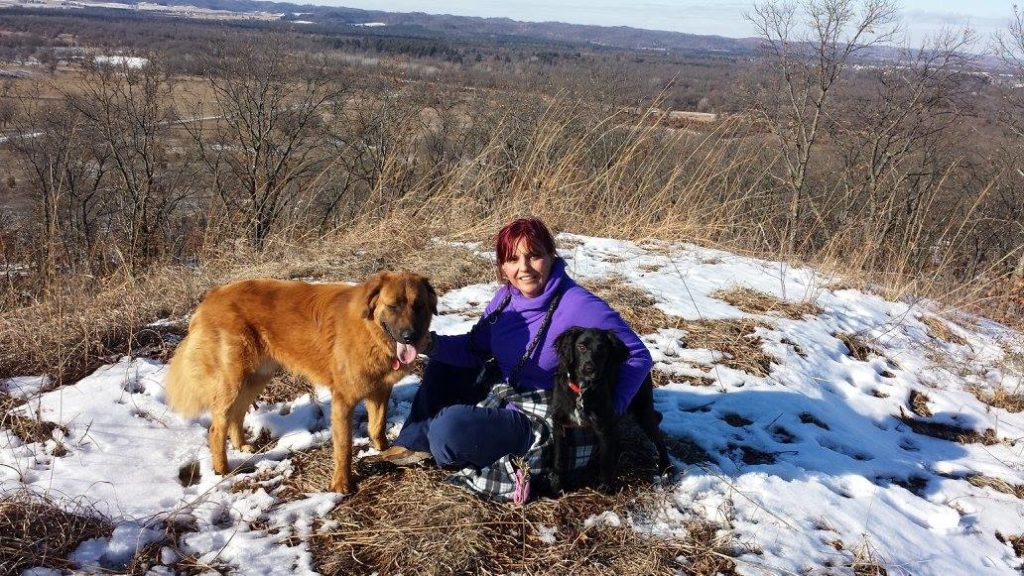
Fortunately for me, Tomah’s VA (Veteran Affairs) was outstanding. Yeah, I know, it’s surprising, right? VA facilities are not known as very helpful for veterans, but Tomah VA has terrific programs, and the staff is dedicated to the veterans. It helped me not fall deeper into depression, anxiety, and constant panic attacks.
How do we overcome these feelings of loneliness and despair?
These common feelings can become dangerous if left unchecked, potentially leading to suicidal thoughts or a slump in our lives.
The answer is in connecting with other human beings.
It’s difficult for me to answer because I’ve always been social and enjoyed human interaction. When did it become a problem?
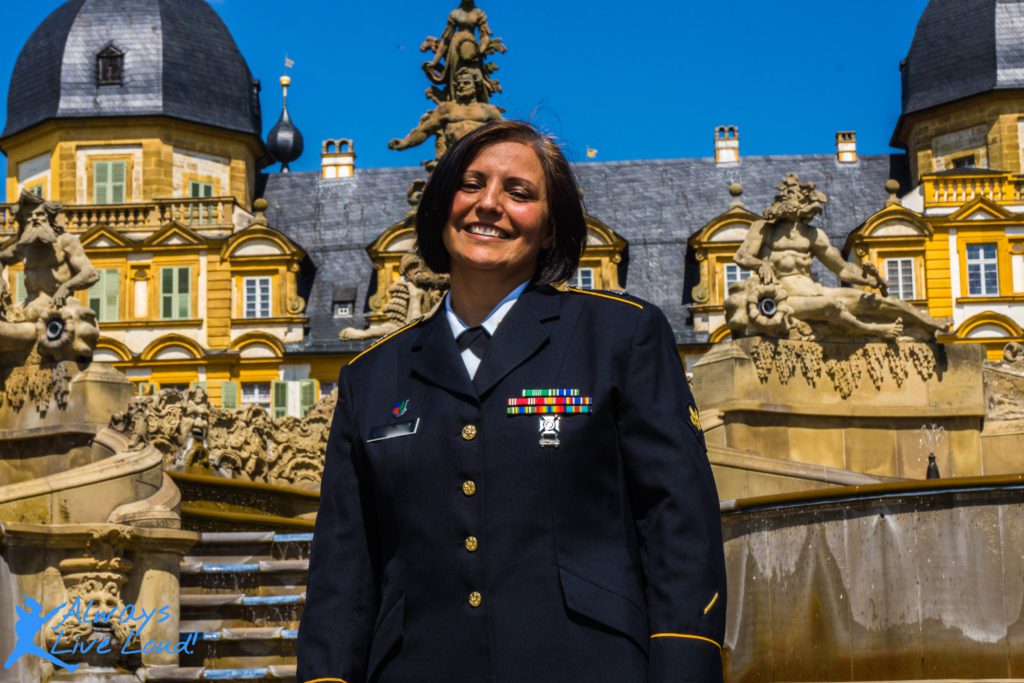
I’m not exactly sure when it began, but I do know when. It was during my last assignment in Germany while I was in the military. I experienced harassment, humiliation, and other mental distress from my toxic leadership. As a result, I began to suffer from migraines, depression, anxiety, and panic attacks. For three years, I was constantly distressed and faced traumatic situations. When I was eventually discharged, I was a different person. Fortunately, while in Tomah, I received support from the VA, which helped me begin to figure out what I needed to do.
Social Support
Fortunately, my family and I relocated to Texas and discovered a beautiful home in Cedar Park, located north of Austin. Although it took some time for me to make connections, I eventually found wonderful people who became my dear friends, and I cherish them deeply.
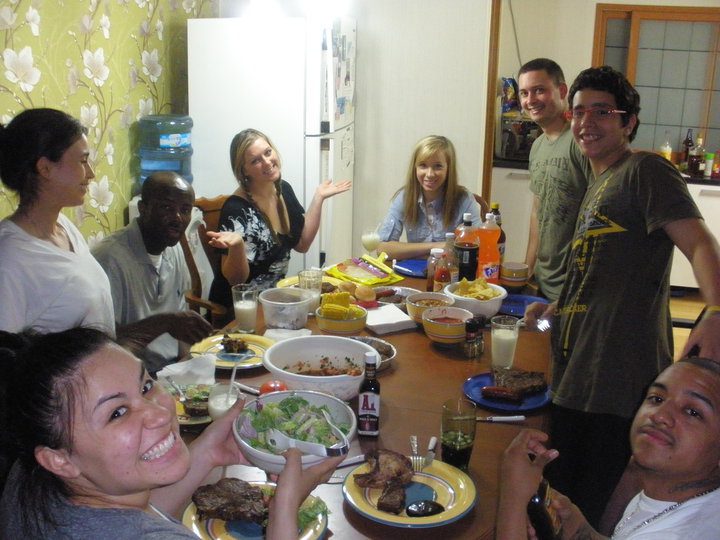
When we connect with other humans, we are no longer alone. We share our suffering and experiences. The challenges we face become more manageable when we have someone to face them with us.
It’s important to note that while living with my husband and son helped me avoid despair, it’s not the same as having a social life, friends, or acquaintances. Connecting with people also distracts us from our thoughts, giving us less time to dwell on our problems and helping us discover enjoyable activities. This changes our perspective on life.
However, making the leap from solitude to forming a connection can be challenging. Overcoming this obstacle requires effort, but it is possible with determination, taking it one day at a time.
Here is what I did, but before I continue, I want to clarify that I am not an expert in mental health. The following strategies worked for me in dealing with my mental disorders. They have helped me manage my depression, PTSD, anxiety, and upsetting dreams, as well as find ways to build human connections throughout my roles as a sister, wife, mother, friend, and co-worker.
Holistic change
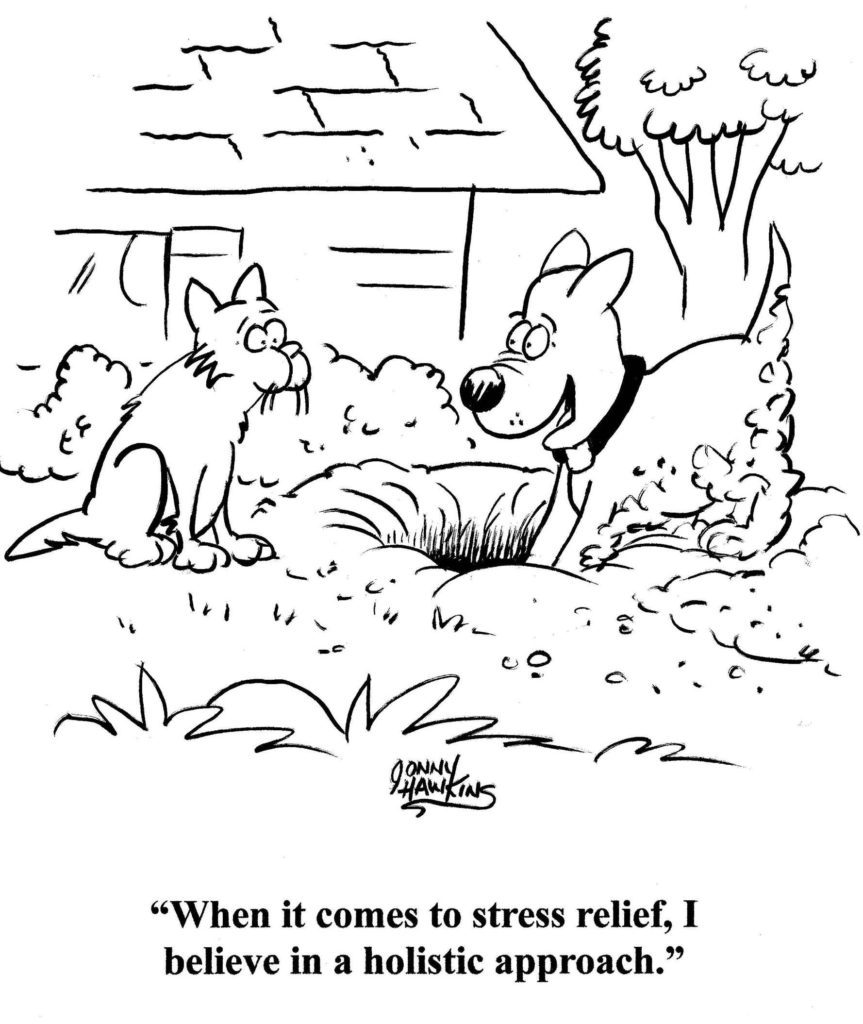
After removing my medication, I sought a more holistic approach. While the prescriptions from my mental health doctor were helpful, I became tired of relying on multiple pills.
Prior to making any changes, it’s important to consult your doctor, review your current medication, and create a plan that suits you. I was taking six different medications, including gabapentin, Venlafaxine, bupropion, and Lorazepam. I gradually eliminated each one from my medication list.
I’ve been using mindfulness meditation to cope with stress. I practiced staying present by being mindful of each moment, focusing on my breath, and grounding myself. At home, I did body scan meditation, and when I was in public places and felt a panic attack or anxiety coming on, I practiced walking meditation. Let me know if you’d like more details.
Something to do

I returned to school to pursue a Master’s in Social Work focusing on mental health. During my program, I completed two internships: one with a private practice counselor and the second as an intern counselor at Travis County Jail. This experience provided me with valuable tools to address various mental health issues. However, working with veteran inmates at the jail gave me unique hands-on experience dealing with anger, PTSD, and anxiety.
COVID caused the jails to shut down, so I had to find a new hobby. I started crafting and doing photography.
Nutrition Changes
I changed my diet to boost my brain health
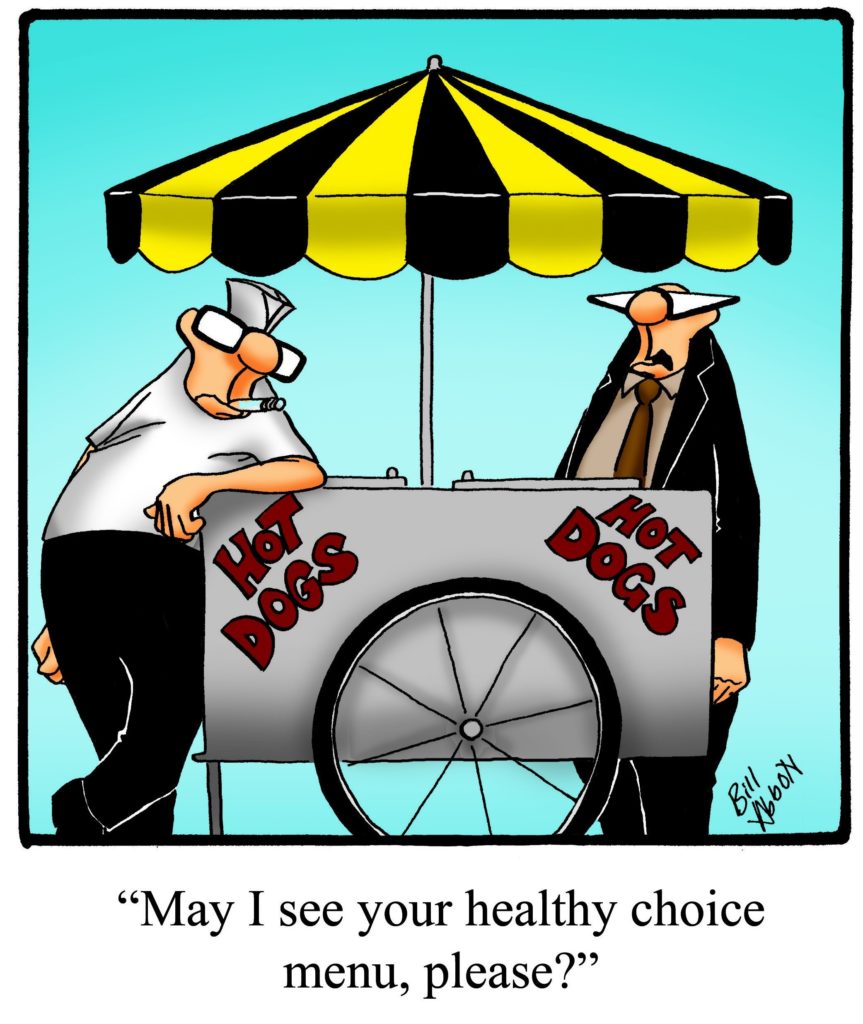
✔️I added Omega-3 Fats. Usually, you can find it in fish like salmon, mackerel, and tuna.
✔️I removed processed food and switched to whole foods such as protein red meat and lean meat.
✔️I am not a big fan of nuts, but they are excellent for your diet, like Brazil nuts, cashews, and hazelnuts. I eat them in a salad.
✔️Beans are rich in fiber and protein and contain folate (vitamin B), essential for processing and utilizing vitamin B12. Vitamin B12 is crucial for the brain to produce mood-regulating chemicals.
✔️I reduce all starches, processed grains, sugars, and fried food.
Increase physical activities
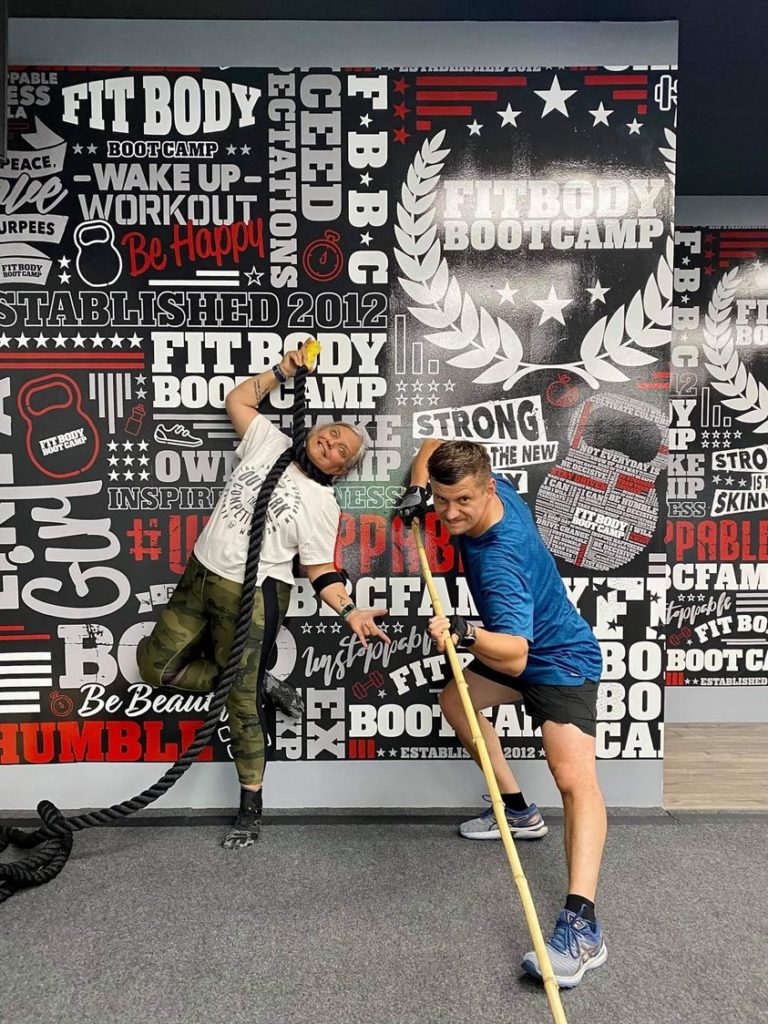
I started increasing my physical activity not only to lose weight but also to ease my physical pain. I had to go to the gym to make it happen. I could have worked out at home, where I had all the necessary equipment, but I lacked the motivation to start and keep up with it daily.
I didn’t have anyone to hold me accountable. However, I also didn’t feel comfortable in a gym around strangers I couldn’t relate to. It felt impersonal and disconnected.
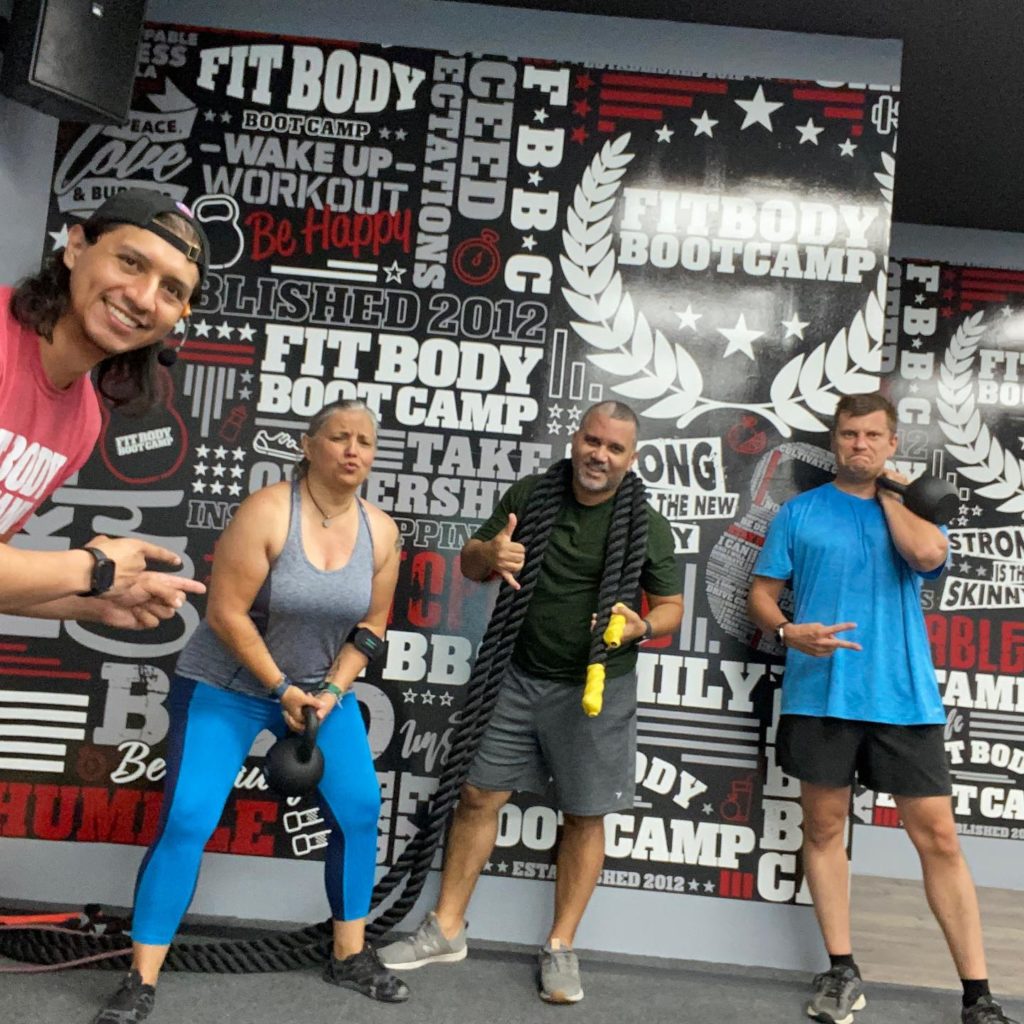
I found a gym near my house – Lakeline Fit Body Boot Camp. I decided to sign up. They had designed workouts for 30 minutes (strength and cardio) and small classes.
The gym didn’t cure my anxiety and depression, but it has helped me tremendously in facing my mental health issues and learning how to manage them. Having my coach hold me accountable has been crucial, and I am grateful for that.
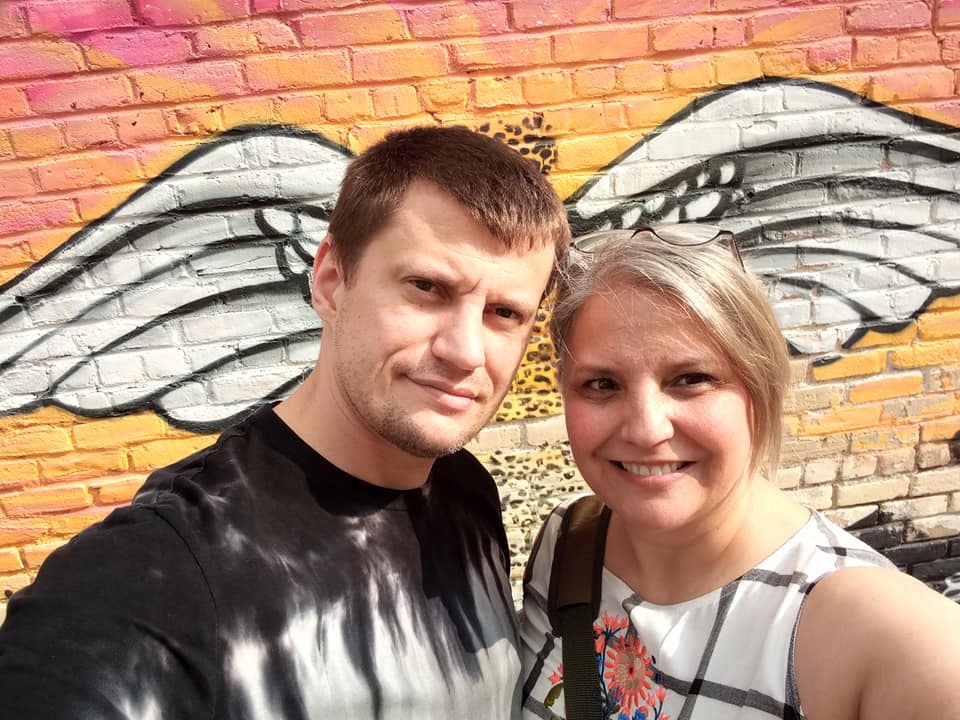
Today, I am a happier person. I still have moments where I feel like I’m going down the rabbit hole, but when it happens, I stop and allow myself to feel that emotion, to recognize the sensation. I don’t ignore it. It’s okay to have feelings of anger, frustration, and anxiety at times. Emotions exist, and we must acknowledge them.
The human body is a complete package: body, mind, spirit, and emotions. Therefore, we should consider the whole person when seeking to heal from an injury, illness, or condition.
